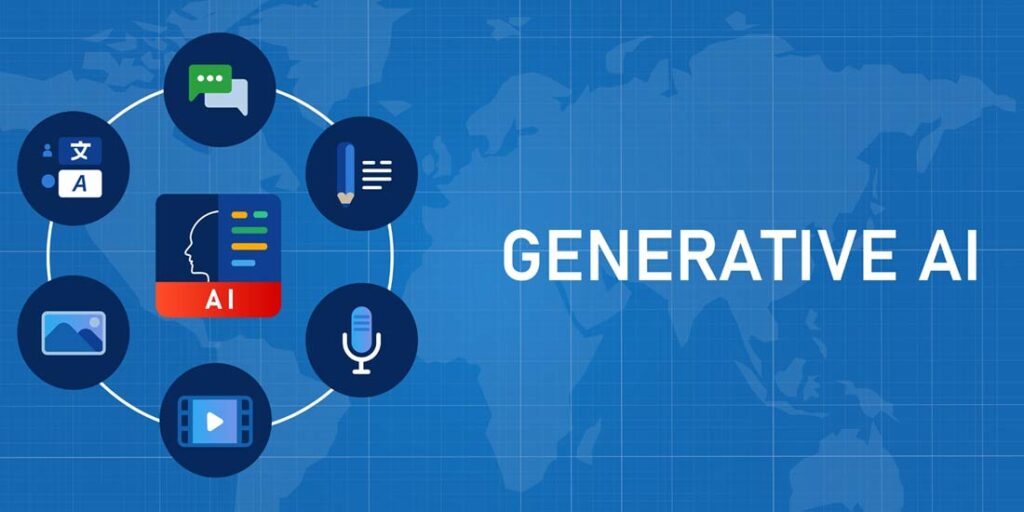
AI’s Next Frontier: Unlocking the Power of Generative ModelsAI’s Next Frontier: Unlocking the Power of Generative Models Artificial Intelligence (AI) is rapidly evolving, and generative models represent a groundbreaking frontier in its advancement. These models possess the remarkable ability to create new data or content from scratch, unlocking vast potential for various applications. What are Generative Models? Generative models are AI algorithms that learn from existing data to generate novel and realistic data points. They operate on the principle of unsupervised learning, meaning they do not require explicit labeled training data. Instead, they uncover hidden patterns and relationships within the input data. Types of Generative Models There are numerous types of generative models, including: * Variational Autoencoders (VAEs): Encode input data into a compact representation, which can then be used to generate new data points. * Generative Adversarial Networks (GANs): Engage in a competitive game between a generator and a discriminator to produce realistic data. * Transformer-based Language Models (TLMs): Use attention mechanisms to generate text, code, or other sequential data. Applications of Generative Models Generative models have wide-ranging applications across various domains: * Image Generation: Creating realistic images for art, entertainment, or design. * Music Production: Generating original musical compositions and soundscapes. * Natural Language Processing (NLP): Generating text, translating languages, and summarizing documents. * Drug Discovery: Designing and optimizing novel drug candidates. * Machine Learning: Improving the performance of other AI models by providing synthetic training data. Benefits of Generative Models Generative models offer significant benefits over traditional supervised learning approaches: * Data Augmentation: Create synthetic data to expand limited datasets and improve model performance. * Feature Engineering: Automatically discover and generate informative features for machine learning algorithms. * Creative Applications: Enable the generation of unique and diverse content for artistic or commercial purposes. * Exploratory Data Analysis: Identify hidden insights and patterns in complex datasets. Challenges and Future Directions While generative models hold immense potential, several challenges remain: * Training Stability: Ensuring convergence and stability during the generative process. * Bias and Fairness: Mitigating biases and promoting fairness in generated data. * Interpretability: Understanding the internal workings and decision-making processes of generative models. As research and development continue, generative models are expected to become even more powerful and widely adopted. They have the potential to revolutionize industries, foster innovation, and redefine the boundaries of AI capabilities.
Posted inNews